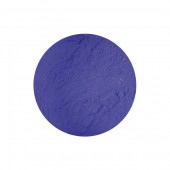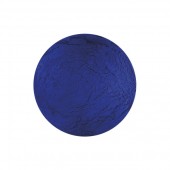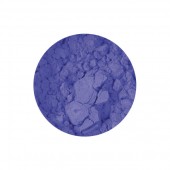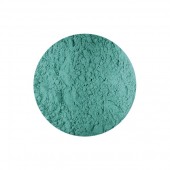Search results for 'linseed oils'
-

Smalt Dark Pigment
Starting at: £5.30
-

Blue Verditer Pigment
Starting at: £7.50
-

Smalt Light Pigment
Starting at: £5.20
-

Verdigris Pigment
Starting at: £4.90



